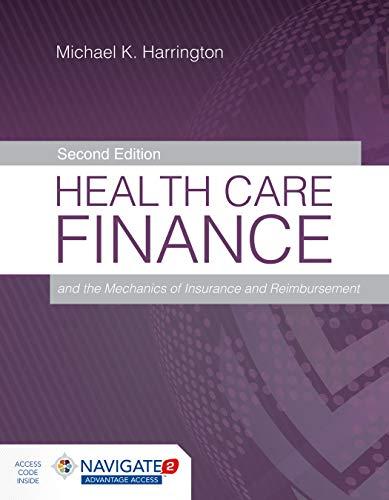Answered step by step
Verified Expert Solution
Question
1 Approved Answer
Consider your textbook readings. Access the Wall Street Journal (WSJ) using the SPC Library journal resources. Find an article about stock valuation. Write 100-200 words
Consider your textbook readings.
Access the Wall Street Journal (WSJ) using the SPC Library journal resources.
Find an article about stock valuation. Write 100-200 words explain how Chapter 7 concepts are applied in your article. Cite the article and link it. You must post first before you will be able to view those of your classmates.
You must post your own discussion thread before you will be able to view those of your classmates. Once you have posted your thread you need to post two replies. All this is due by Sunday.






Step by Step Solution
There are 3 Steps involved in it
Step: 1

Get Instant Access to Expert-Tailored Solutions
See step-by-step solutions with expert insights and AI powered tools for academic success
Step: 2

Step: 3

Ace Your Homework with AI
Get the answers you need in no time with our AI-driven, step-by-step assistance
Get Started


